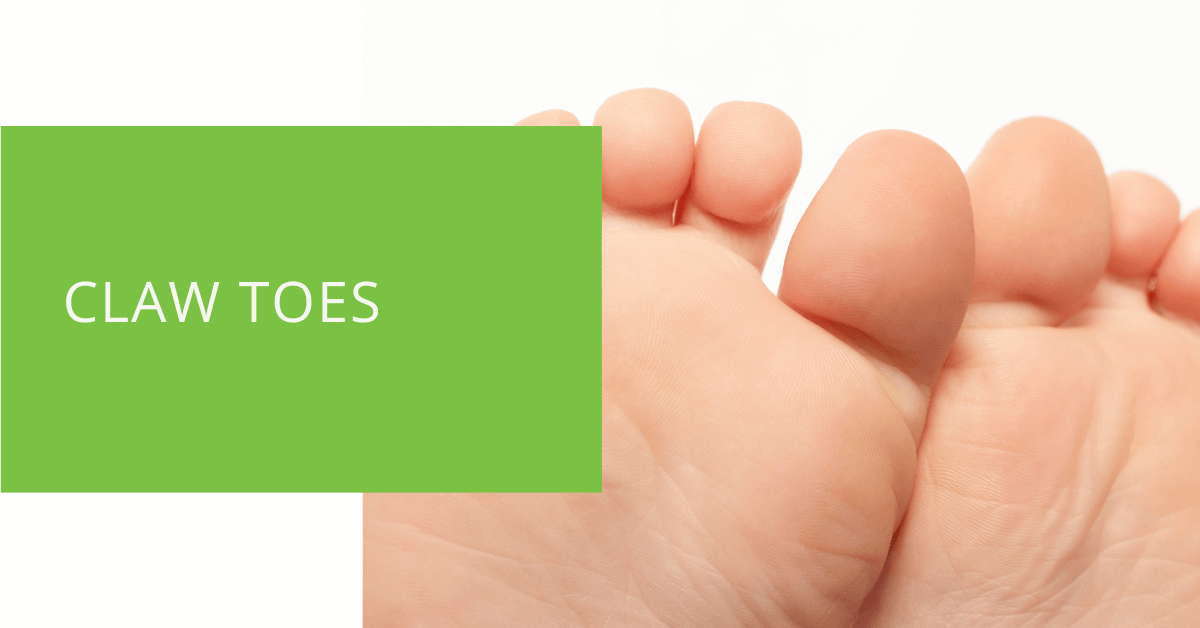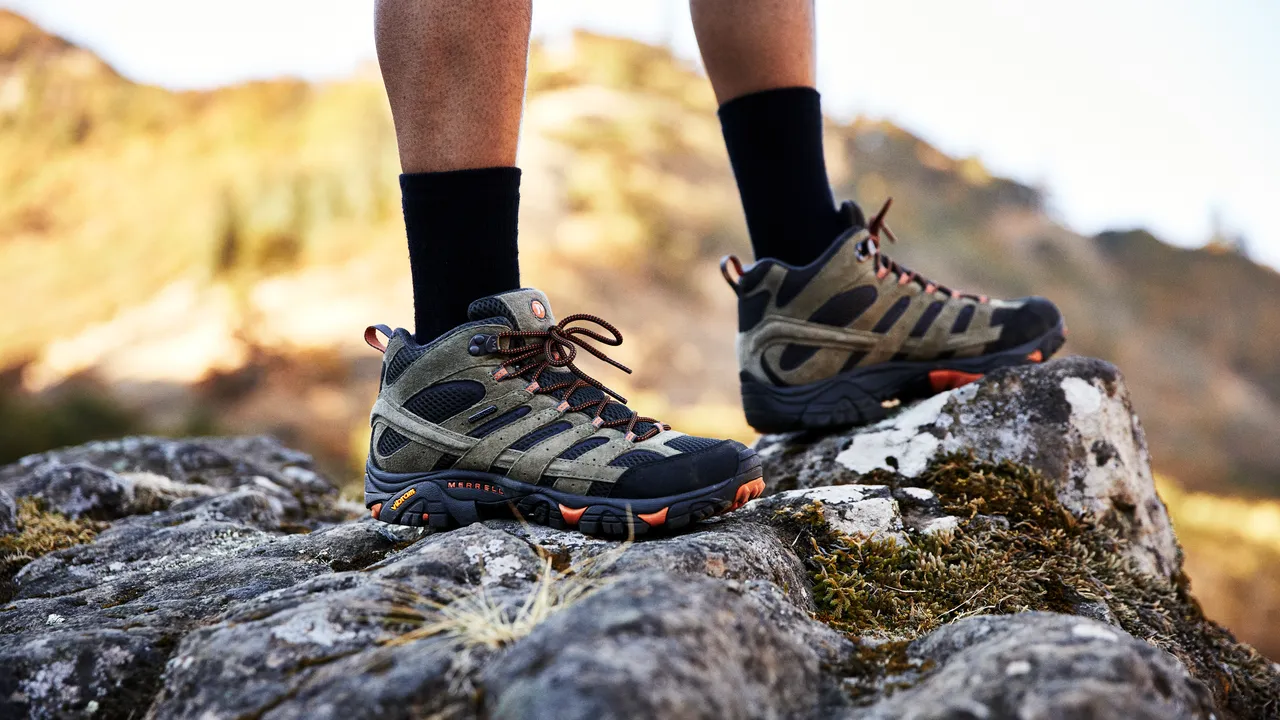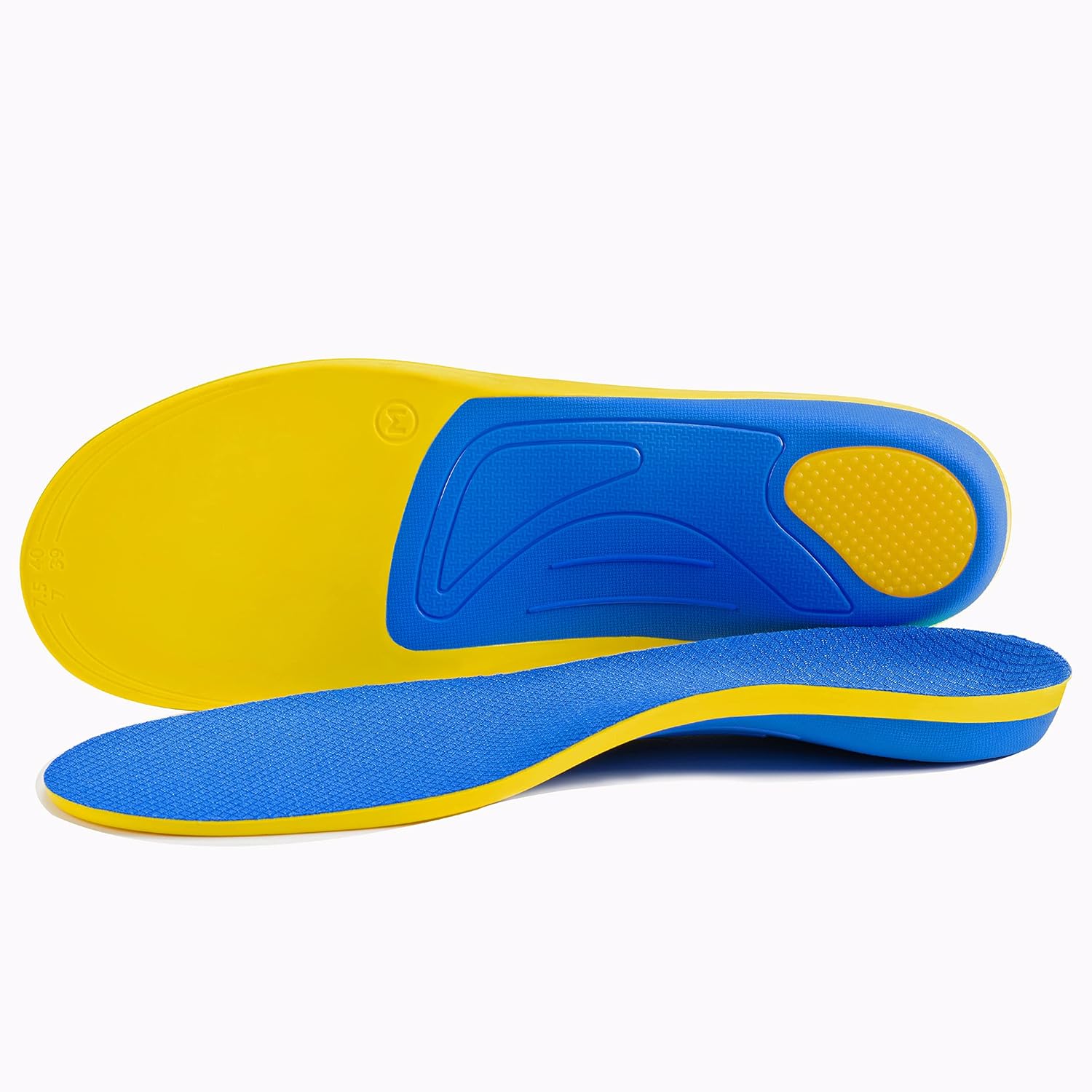Claw toes, a condition often shrouded in mystery and misunderstanding, affects many individuals, causing discomfort and impacting their quality of life. This article aims to demystify claw toes, offering insights into its causes, symptoms, treatment options, and preventive measures to foster awareness and understanding.

Table of Contents
What is Claw Toe?
Claw toe is a foot deformity characterized by the abnormal bending of the toes, giving them a claw-like appearance. It primarily affects the four smaller toes and can occur in one or both feet. The condition results from an imbalance in the muscles, tendons, or ligaments that normally hold the toe straight, leading to the toe bending upward at the joint where the toes and the foot meet and downward at the middle joints and the joints nearest the tip, resembling a claw.

Causes of Claw Toes
Claw toes can arise from various factors, including:
Neurological Conditions: Diseases that affect the nerves and muscles, such as diabetes, can lead to claw toes by disrupting the balance between the muscles that pull the toes up and those that pull them down.
Inflammatory Arthritis: Conditions like rheumatoid arthritis can cause inflammation in the toe joints, contributing to the development of claw toes.
Improper Footwear: Tight, narrow shoes that force the toes into a bent position can exacerbate or lead to the formation of claw toes.
Genetics: Some individuals may have a predisposition to developing claw toe due to inherited structural foot abnormalities.
Symptoms and Complications
The most noticeable symptom of claw toes is the distinctive claw-like bending of the toes. Other symptoms may include:
- Pain or discomfort in the toes or ball of the foot
- Calluses or corns on the top of the toe or under the ball of the foot
- Difficulty walking or fitting into shoes
- Reduced flexibility in the affected toes
If left untreated, claw toe can become fixed and rigid, leading to more severe pain and mobility issues.
Diagnosis and Treatment of Claw Toes
The journey to addressing claw toe begins with a thorough diagnosis, which is crucial for tailoring the treatment plan to the individual’s specific needs. A healthcare provider will conduct a comprehensive physical examination to assess the toe’s condition, looking for signs of abnormal bending and flexibility. X-rays are often requested to visualize the extent of the deformity, providing detailed insights into the bone structure and alignment of the toes.
Treatment Options

Treatment strategies for claw toes aim to relieve pain, improve function, and prevent further deformity. The choice of treatment depends on the severity of the condition and whether the toes are still flexible.
Footwear Modifications: The foundation of claw toe management involves adjusting footwear to accommodate the deformity and relieve pressure. Shoes with a high, broad toe box offer ample space, reducing constriction and allowing the toes to lie flat. Avoiding high heels and shoes with narrow toe areas can prevent exacerbating the condition.
Orthotic Devices: Custom orthotics play a pivotal role in redistributing pressure across the foot, alleviating stress on the affected toes. These devices are tailored to the individual’s foot shape, providing targeted support and cushioning to improve alignment and comfort.
Stretching and Strengthening Exercises: A regimen of specific exercises can significantly benefit those with claw toe. Stretching exercises aim to increase the flexibility of the toes, while strengthening exercises focus on building the muscles that support proper toe alignment. Consistent practice can help maintain mobility and reduce symptoms.
Medications: For pain and inflammation associated with claw toes, nonsteroidal anti-inflammatory drugs (NSAIDs) may be recommended. These medications can provide temporary relief from discomfort, making daily activities more manageable.
Surgery: In cases where the claw toe has become rigid or severe, surgical intervention may be necessary. Various surgical techniques can correct the deformity, ranging from tendon transfers to joint fusion. The goal is to realign the toes, restore function, and alleviate pain.
Prevention and Management
Preventing claw toe involves a proactive approach to foot health, especially for individuals at higher risk due to underlying conditions like diabetes or arthritis.
Proper Footwear: Choosing shoes that fit well and provide adequate support is essential. Opt for styles that accommodate the natural shape of the foot, with enough room in the toe box to prevent compression.
Toe Exercises: Regularly performing exercises designed to maintain or improve toe flexibility can help prevent the progression of claw toes. These exercises can be simple and performed at home, such as picking up marbles with the toes or using toe spreaders.
Managing Underlying Conditions: Effective management of conditions that contribute to foot deformities, such as diabetes and arthritis, is crucial. Regular check-ups, proper medication management, and maintaining a healthy lifestyle can minimize the risk of developing claw toes.
By understanding the diagnosis and treatment options available for claw toes, individuals can make informed decisions about their care. Early intervention and adherence to a comprehensive management plan can significantly improve outcomes, reducing the impact of claw toes on daily life.
Living with Claw Toes: Personal Stories and Solutions
Living with claw toes can be a journey filled with challenges, adjustments, and ultimately, triumphs. Hearing from those who have walked this path offers invaluable insights and a beacon of hope for others facing similar struggles. In this section, we delve into the personal stories of individuals who have navigated the complexities of claw toes, shedding light on their diagnosis, treatment, and the lifestyle changes that have helped them reclaim their comfort and mobility.
Diagnosis and Treatment: A Turning Point
For many, the journey begins with the confusion and discomfort of unexplained foot pain, leading to a diagnosis that puts a name to their experience: claw toes. “I remember the relief of finally understanding what was wrong,” shares Emily, a 42-year-old teacher who battled with foot pain for months before being diagnosed. “Knowing it had a name and that there were treatment options available gave me hope.”
Treatment paths vary, with some finding success in non-surgical interventions while others turn to surgery for relief. Mark, a 35-year-old marathon runner, opted for surgical correction after conservative measures failed to provide lasting relief. “Surgery was a big decision, but it ultimately allowed me to return to running, something I thought I might have to give up,” he recounts.
Lifestyle Adjustments: Finding New Footing
Adjusting to life with claw toes often means reevaluating daily habits and making changes to support foot health. For many, footwear becomes a central focus. “I had to say goodbye to my beloved high heels and narrow shoes,” says Anna, a 29-year-old fashion enthusiast. “Finding stylish, yet comfortable shoes that accommodated my condition was challenging, but it made a world of difference in managing my symptoms.”
Incorporating foot exercises and physical therapy into their routine has been transformative for some. “Physical therapy taught me specific exercises to strengthen my toes and improve flexibility,” notes Alex, a 50-year-old avid hiker. “Making these exercises a part of my daily routine has helped reduce my discomfort significantly.”
Navigating Challenges: Strategies for Comfort and Support
Living with claw toe means finding ways to cope with pain and discomfort while maintaining an active and fulfilling life. Many have found solace in supportive communities, both online and offline, where they can share experiences and tips. “Joining a support group introduced me to others who understood what I was going through,” says Sarah, a 38-year-old graphic designer. “It’s been a source of comfort and practical advice.”
Others emphasize the importance of regular check-ups and staying proactive about their foot health. “Keeping in touch with my podiatrist and addressing issues early has been key to managing my claw toe,” shares Tom, a 47-year-old chef. “It’s about staying one step ahead and not letting the condition dictate my life.”
Innovative Treatments and Future Directions in Claw Toe Management
The landscape of claw toe management is evolving rapidly, with new treatments and research paving the way for more effective and less invasive solutions. This section explores the forefront of innovation in claw toes care, highlighting advancements that promise to revolutionize treatment approaches and improve patient outcomes.
Advances in Orthotic Design and Materials
The development of custom orthotics has seen significant advancements in design and materials, offering tailored support that addresses the unique needs of individuals with claw toes. Cutting-edge technologies, such as 3D printing, are being utilized to create orthotics that perfectly fit the contours of a patient’s foot, providing unparalleled comfort and support. These modern materials not only improve the durability and effectiveness of orthotics but also ensure they are lightweight and breathable, enhancing overall wearability.
Latest Surgical Techniques and Their Success Rates
Surgical intervention remains a cornerstone in the management of severe claw toe deformities. Recent advancements in surgical techniques, including minimally invasive procedures, have shown promising results. These new methods reduce recovery time, lower the risk of complications, and improve the functional and cosmetic outcomes of surgery. Laser surgery and endoscopic approaches are among the innovations that offer precise correction with minimal disruption to surrounding tissues.
Potential Gene Therapy or Molecular Treatments on the Horizon
The exploration of gene therapy and molecular treatments presents an exciting frontier in claw toes management. Researchers are investigating the genetic factors contributing to musculoskeletal deformities, with the aim of developing therapies that can modify these genetic expressions. Although still in the early stages, these approaches hold the potential to address the root causes of claw toes, offering a permanent solution to this challenging condition.
Wearable Technology for Monitoring and Managing Foot Health
Wearable technology is making strides in the realm of foot health, providing individuals with tools to monitor and manage their condition in real-time. Smart socks and insoles equipped with pressure sensors and motion trackers can offer immediate feedback on gait patterns, pressure distribution, and toe alignment. This data can be invaluable for adjusting treatment plans, selecting appropriate footwear, and preventing the progression of claw toes deformities.
Ongoing Clinical Trials or Research Studies Focused on Claw Toes
The scientific community is actively engaged in clinical trials and research studies aimed at uncovering new insights into claw toes management. From evaluating the efficacy of novel drug therapies to testing new surgical implants, these studies are at the heart of advancing claw toes care. Participation in clinical trials not only contributes to the development of new treatments but also offers patients access to the latest therapeutic options.
| Arch Support |
| Arch Supports |
| Best Arch Support Insoles |
| Best Insole for Plantar Fasciitis |
| Insole for Flat Feet |
FAQ Section
Q1: What exactly is claw toe?
A1: Claw toe is a foot deformity characterized by the abnormal bending of the toes, creating a claw-like appearance. It mainly affects the four smaller toes and results from an imbalance in the muscles, tendons, or ligaments that maintain toe straightness.
Q2: What causes claw toe?
A2: Causes include neurological conditions like diabetes, inflammatory arthritis, wearing improper footwear, and genetic predispositions. These factors disrupt the balance between toe muscles, leading to the deformity.
Q3: How can claw toe be treated?
A3: Treatment varies from non-invasive methods like footwear modifications and orthotic devices to surgical interventions in severe cases. Stretching and strengthening exercises, along with medications for pain and inflammation, are also effective.
Q4: Can claw toe be prevented?
A4: While not all cases can be prevented, wearing properly fitting footwear, performing regular toe exercises, and managing underlying health conditions can significantly reduce the risk of developing claw toe.
Q5: Are there any new treatments for claw toe?
A5: Yes, advancements in orthotic materials, surgical techniques, and the exploration of gene therapy and wearable technology are promising for future claw toe management.
Conclusion
Understanding claw toe is the first step toward effective management and relief. With advancements in treatment and a proactive approach to foot health, individuals facing claw toe have a hopeful path forward. Embracing both medical solutions and lifestyle adjustments can lead to significant improvements, enabling a life of comfort and activity. As research continues to evolve, so too will the opportunities for overcoming claw toe, offering a brighter outlook for those affected.










